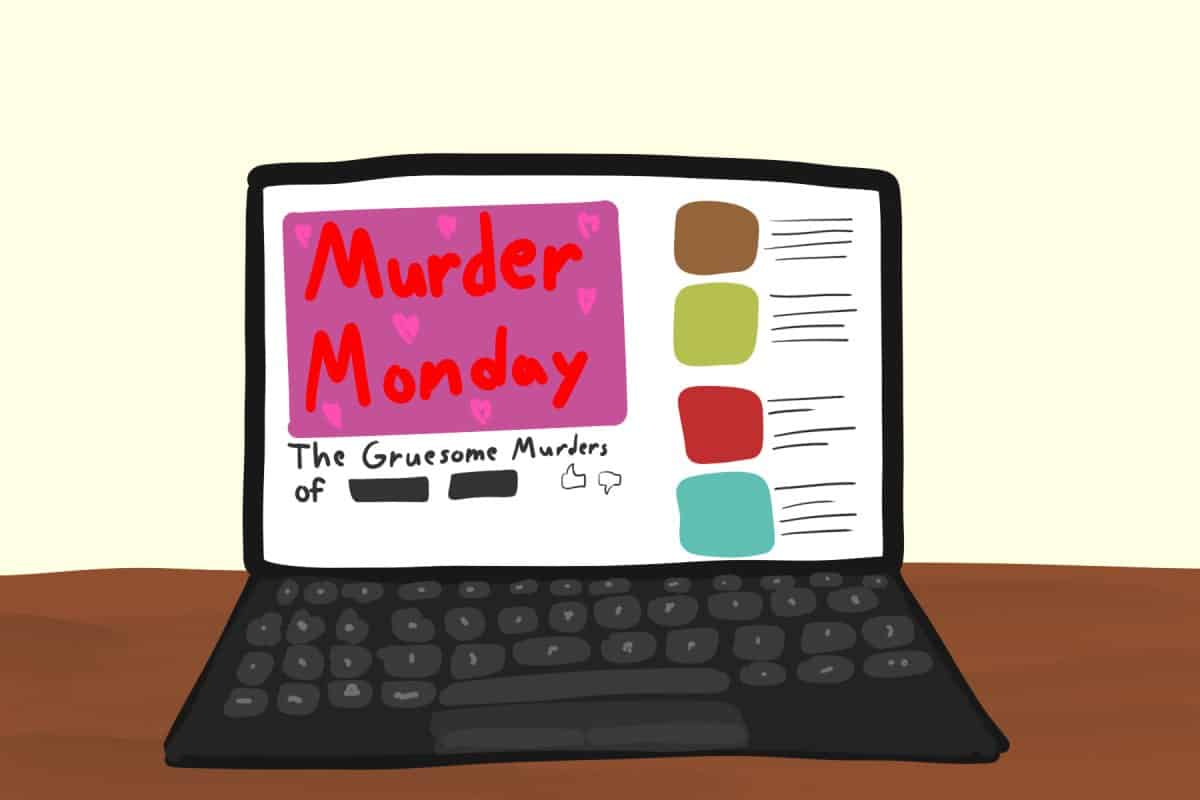By Kenzi Green
As a communications student and a wannabe journalist, I have witnessed firsthand the devastating effects the shift in media has had on the print journalism industry. While The Crimson White and other campus publications remain an integral part of campus life, many national and community newspapers are falling by the wayside.
To best understand how to fix the problem, it is imperative that we examine the problems and causes associated with the dying print industry before, finally, drafting some potential solutions.
The problems caused by the death of the newspaper go far beyond a lack of reading material in the john. The initial problem is a lack of dependable, objective information. In a speech he gave at the University of Oregon, Boston Globe editor Martin Baron argued that, because newspapers generally print only once per day, they “(allow) time for sufficient research” as well as for stories that stand out for their accuracy and objectivity.
Second, the death of the newspaper means the death of part of our national heritage. Newspapers have played an invaluable role in developing the culture of individual towns, cities, and our nation as a whole.
Newspapers have been here since the beginning. Word of the Declaration of Independence went out to the American people in the Philadelphia Evening Post on July 6, 1776. That was page 2 news. Page 1 – an exclusive exposé on Thomas Jefferson’s sordid affair with Tiger Woods.
Small community newspapers are also feeling the pressure from the dying print industry. Some 43 percent of Americans say life in their own communities would be hurt if the local paper stopped printing.
And they’re right; how else will we find out about local happenings about-town, like Old Man Twickham’s funeral, or the fact that the skank who slept with my boyfriend in high school finally got arrested for forging prescriptions? True story, and I found out through my local newspaper. We have to keep these papers in print if only to laugh at the expense of others.
Next, the causes behind the dying print industry seem to be the same as those at the root of every problem facing America today: the crumbling economy and good old-fashioned American complacency.
First, the economic downturn has taken an exceptionally high toll upon the print industry. Basically, consumers aren’t buying as much as they normally do, so advertisers are pulling their slots. Advertisers cut spending by 26 percent last year, and the trend is expected to continue.
Further, because people can no longer afford to spend green, they’re now looking for ways to go green. Naturally, I want people to jump on the green bandwagon, especially the Kenzi Green bandwagon.
Unfortunately, our planet truly is running out of resources. The U.S. book and newspaper industries combined resulted in the harvesting of over 125 million trees in 2009 alone. So, apparently printing news stories about global warming and how to cut our carbon emissions on millions of sheets of paper per day isn’t considered “green.” Who knew?
Finally, Americans just straight up don’t care about news. We’d rather watch that YouTube video about kittens for the millionth time.
Even more troubling is the fact that the number of 18- to 24-year-olds who got no news the previous day rose from 25 percent to 34 percent over the past ten years. Now I have some bad news… Of course I’m kidding; I’m only twenty. I haven’t picked up a newspaper in ten years.
But after telling you guys all that dismal news about… the news…I realized this column might be my only outlet to do a little investigative reporting. So here it comes to you in the form of solutions.
As more newspapers fall out of physical print everyday, many are moving towards charging a fee to access online news. Some newspapers have had success with by charging readers who read more than ten articles per month.
Further, the University offers free copies of the New York Times and USA Today, so just pick one up or, if you can afford it, consider an online subscription.
Though the days of “Extra! Extra! Read all about it!” may be in the past, we can still take steps to keep great news outlets in print by supporting them at our universities and online.
The medium may be changing, but newspapers remain one of our country’s greatest assets and we have to take steps to preserve them, no matter what format they may be in.
Kenzi Green is a sophomore majoring in communication studies and political science. This is the last column in her series.








